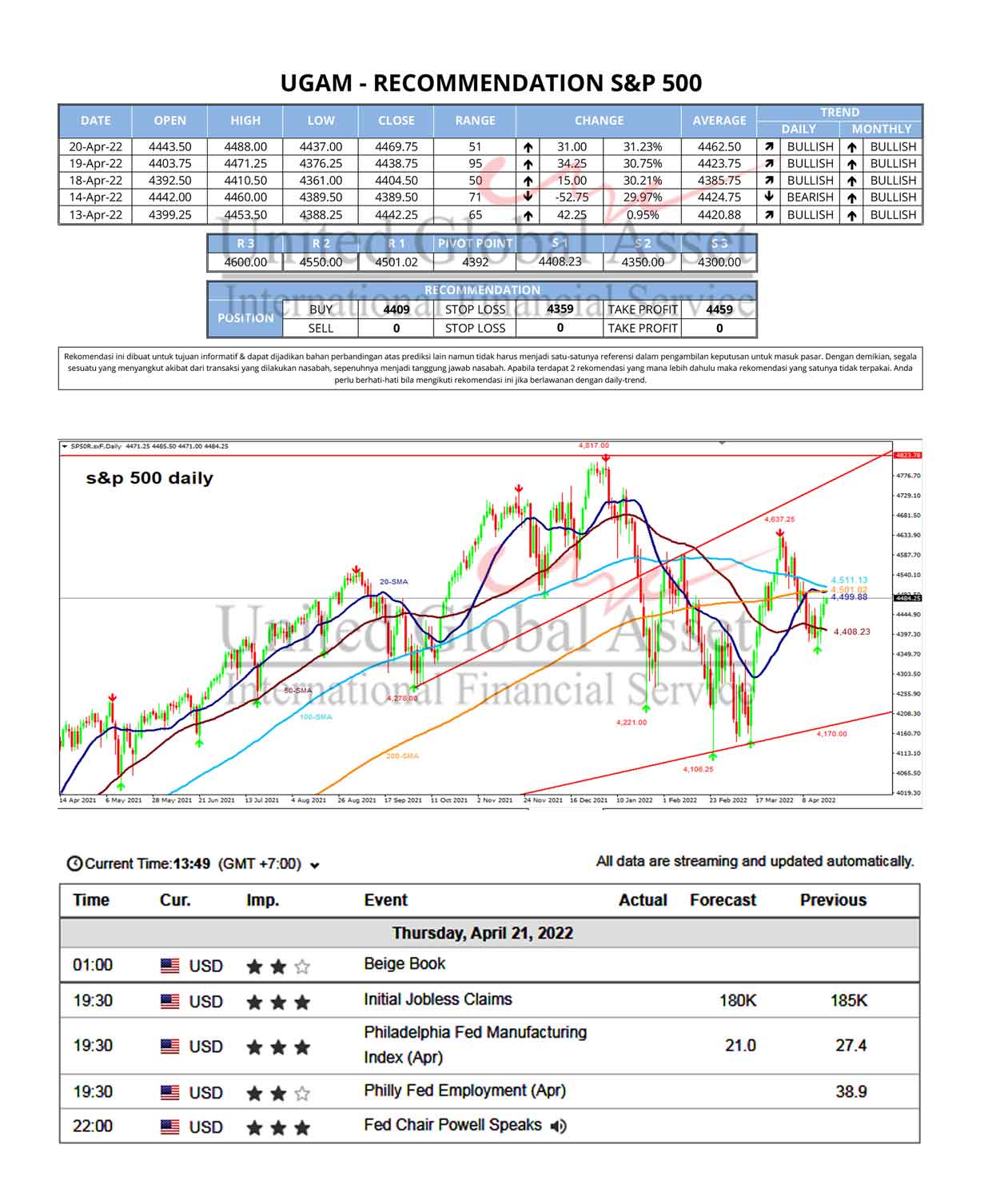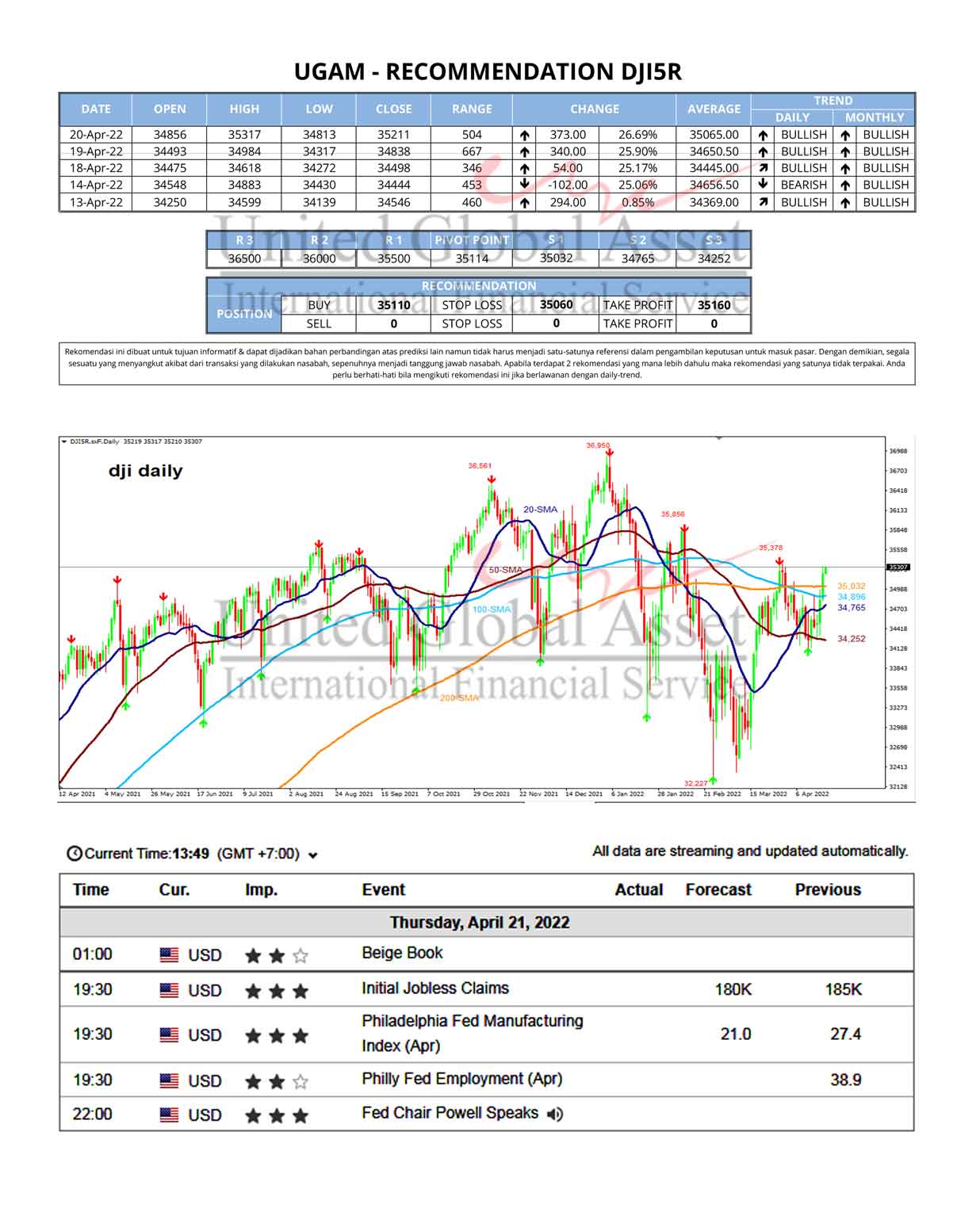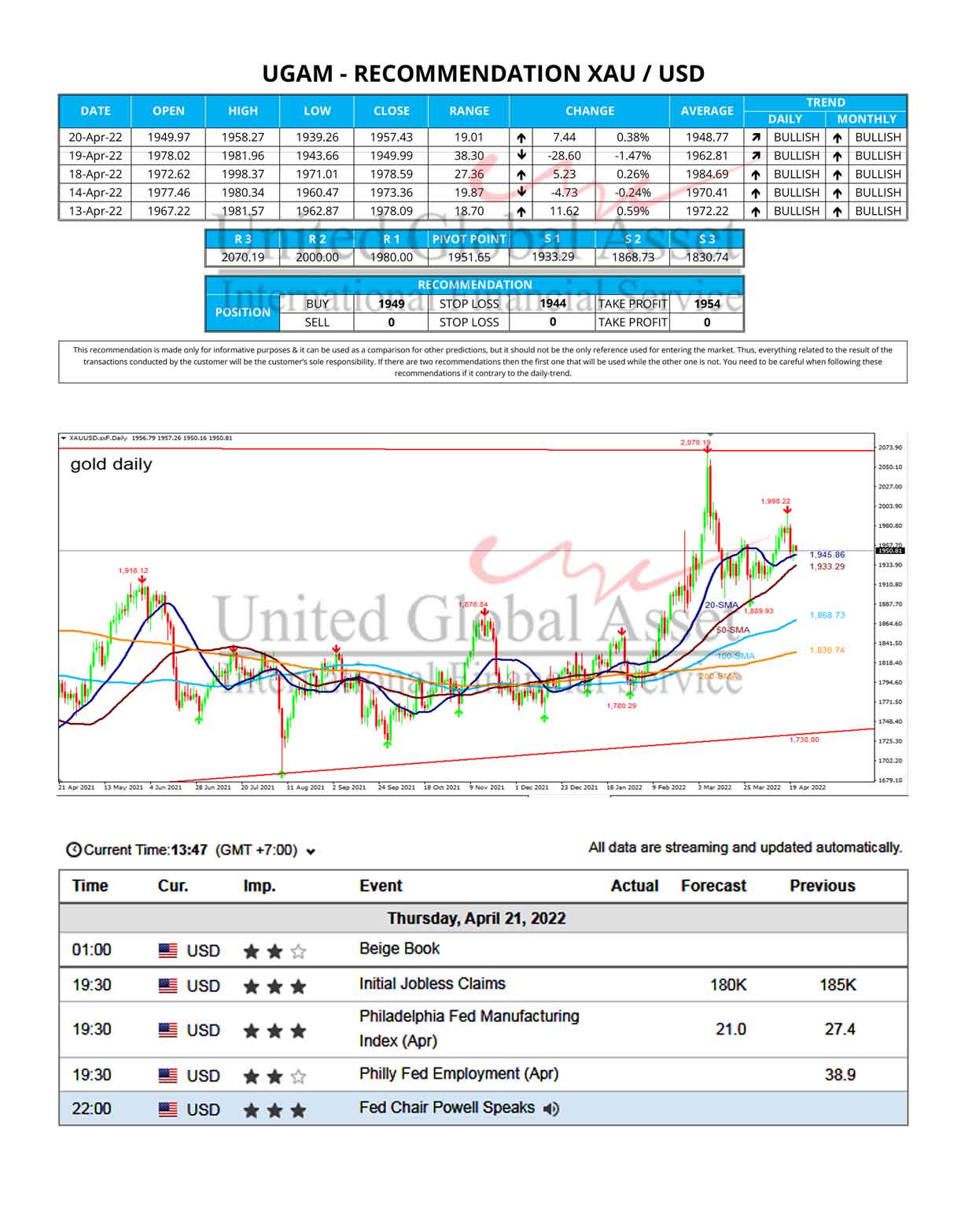fundamental News - AUD/USD
The Australian and New Zealand Dollars broke out of a tight range to hit three-week highs last week as their U.S. counterpart extended its broad retreat and upbeat data suggested the Australian economy had grown strongly last quarter. The Kiwi just went along for the ride as a dovish central bank and business survey pointed toward a weak economy. On Friday, both currencies suffered small losses as traders squared positions ahead of the weekend.
The Aussie and Kiwi were pressured on Friday as U.S. Treasury
yields rebounded after the 10-year rate slipped to 1.53% in the previous
session. The move helped stabilize the U.S. Dollar, which had been down
most of the week.
The yield on the benchmark 10-year Treasury note rose to 1.587%.
The yield on the 30-year Treasury bond climbed to 2.275%. The 10-year
Treasury yield recently dropped 1.7%, while the 30-year government bond
rate traded above 2.5%, amid concerns about rising
inflation.
Housing starts jumped 19.4% month-over-month in March, according
the Commerce Department, while building permits rose 2.7%. The
University of Michigan’s consumer sentiment index rose in April to 86.5
from 84.9 a month prior.



